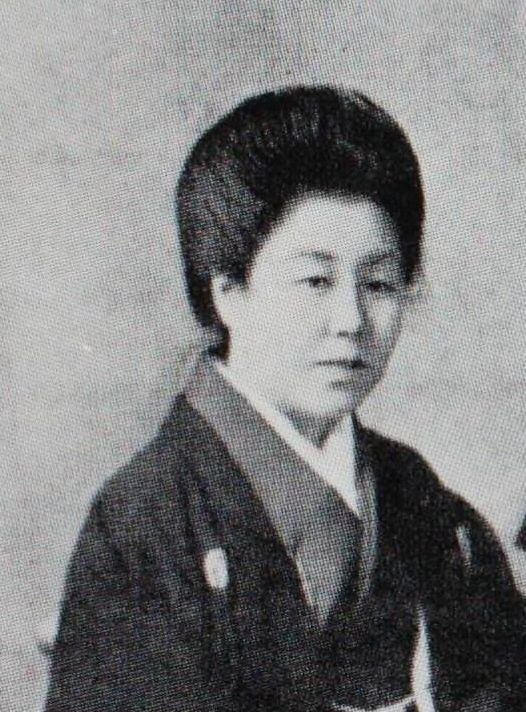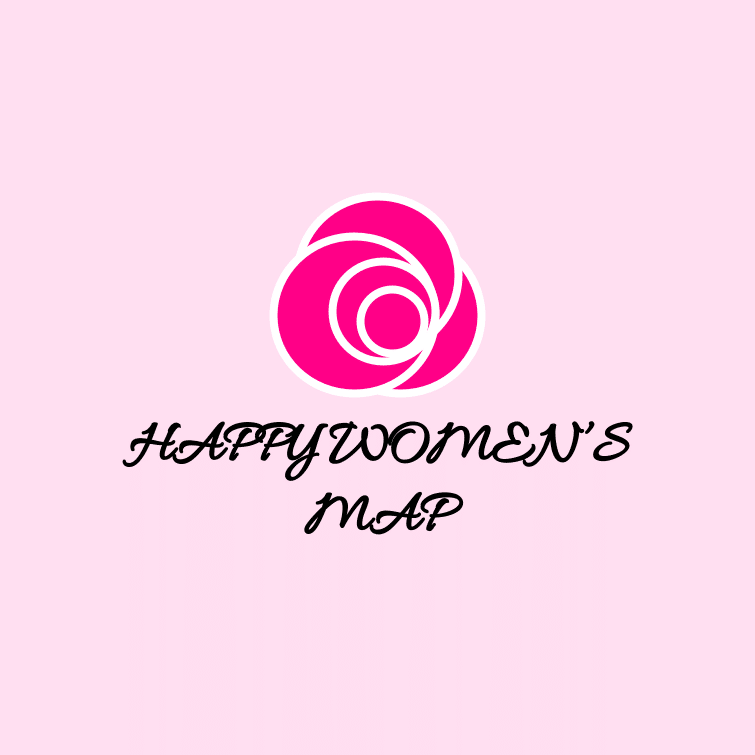
Happy Women's Map 静岡県 日本初の女医専門養成所(東京女子医科大学)を設立 吉岡 彌生 女史

吉岡 彌生 女史
Ms. Yayoi Yoshioka
1871 - 1959
静岡県掛川市 生誕
Born in Kakegawa-city, Sizuoka-ken
「私は、はじめて医者になってから男性を詛ひました。そしてわれながら世の男性が無情であり無反省な態度に憤慨もいたし、一面では家庭婦人の無智なのに驚きました。」
"I found myself cursing men for the first time after becoming a doctor. I found myself indignant at the heartless and unreflective attitudes of men in the world, while at the same time, I was astonished at the lack of wisdom in some homemakers."
吉岡彌生女史は日本で初めて女性医師専門養成所・東京女医学校を創設(現在の東京女子医科大学)、女性医師の養成や医学の教育・研究の振興に尽力しました。
Mis. Yayoi Yoshioka was the founder of the first women's medical school in Japan, the Tokyo Women's Medical School (now known as Tokyo Women's Medical University). She dedicated herself to the training of female physicians and the promotion of education and research in the field of medicine.
*******
「女性も男性と同じように社会に出て活躍できるはず」
彌生は遠江国城東郡土方村(現:静岡県掛川市)に、漢方医の父・鷲山養齋と、大家族の中で家事に追われる母・みせのもと9人きょうだいの二女として生まれます。女医第一号として活躍する荻野吟子に憧れ、彌生は医師を志します。父は猛反対、彌生はそれにめげることなく、医学校へ入学するための準備を独学で進めます。18歳のときにようやく父の許しを得て、兄達の通う医学校「済生学舎」に入学します。済生学舎は、医術開業試験(現:医師国家試験)を目指す女子が入学できる唯一の医学校でした。男子学生のいじめを跳ね返しながら21歳で内務省医術開業試験に合格。弥生は帰郷して大坂村と大須賀村(横須賀)にある父の病院の分院を手伝い、内科・外科から歯の治療までさまざまな患者を診ます。
「女性医師の道を閉ざしてはならない」
彌生はドイツ留学を目指し再び上京。本郷区東片町(現在の文京区)で開業のかたわら、私塾「東京至誠学院」でドイツ語を習います。そこで佐賀から上京してかつて医学の道を志していた同学院院長の吉岡荒太と結婚。彌生は病身の夫を支えながら、高等予備校の実務面はじめ、大学に行かずに医師を目指す人のための「医書独習講義録」刊行を手伝います。この頃、母校の済生学舎が、風紀を乱すという理由で女子の入学を拒否するようになります。この知らせを聞いた彌生は夫の協力のもと現在の千代田区に「東京女医学校」の看板を掲げます。医院の一室に粗末な机と椅子を並べた教室で、生徒はたった4人からのスタート。夫また郷里の父に支えられながら、7年後にようやく医師を送り出し、12年後に東京女子医学専門学校に昇格、20年後に文部省指定校となり、卒業生は無試験で医師資格が取れるようになります。
「医学医術は女性に適している職業である」
その一方で、女性の社会的地位を向上させるべく、さまざまな婦人団体に関わり、1928年ホノルルで開かれた第1回汎太平洋婦人会議に日本女医会の代表として出席します。日中戦争開戦の年に女性初の内閣教育審議会の委員に任命され、太平洋戦争がはじまると国民精神総動員中央聯盟はじめ、婦人国策委員第一号、愛国婦人会評議員、大日本連合女子青年団長、大日本婦人会顧問などに就任。彌生はナチス政権化のドイツに渡って最新医学はじめ、家政倹約・母親支援・就労女性の子供の世話・病人看護・近隣互助活動など銃後の女性組織を積極的に導入しようとします。さらにナチス・ドイツ女医会と積極的に交流しながら戦時下での女性医師の地位向上を目指します。戦後は、戦争協力に指導的な役割を果たした廉で教職ならびに公職を追放され、戦争責任ならびに民主化実現を求める労働組合運動を受けて学内から去ります。まもなくGHQの赤狩りにより労働組合が解散に追い込まれると、1952年新制東京女子医科大学の学頭に就任。79歳で勲四等宝冠章。88歳で死去。遺体は遺言により解剖に付されます。
"Women should be able to go out into society and thrive just like men."
Yayoi was born in Hijikata Village, Joto District, Totomi Province (present-day Kakegawa City, Shizuoka Prefecture), as the second daughter of a Chinese herbal medicine doctor, Yosai Washiyama, and her mother, Mise, who managed household responsibilities within a large family of nine siblings. Inspired by Ginko Ogino, the first female doctor, Yayoi aspired to become a physician. Despite strong opposition from her father, Yayoi persevered and independently studied to prepare for medical school. At the age of 18, she finally obtained her father's permission and enrolled in the same medical school attended by her older brothers, "Saiseigakusha." Saisei Gakusha was the only medical school that admitted women aspiring to take the medical practice examination (currently the national medical examination). At the age of 21, overcoming the bullying from male students, she passed the Ministry of Home Affairs medical practice examination. Yayoi returned home and assisted at her father's hospital branches in Osaka Village and Osuka Village (Yokosuka), treating a diverse range of patients from internal medicine and surgery to dental care.
"We must not close the path to becoming female physicians."
Yayoi, aiming to study in Germany, returned to Tokyo. While practicing medicine in Hongo, Higashi-Katamachi (now Bunkyo Ward), she also learned German at her private school, the "Tokyo Shisei Gakuin." There, she married Arata Yoshioka, the director of the same academy who had once aspired to a medical career when he came to Tokyo from Saga. Supporting her ailing husband, Yayoi assisted in practical aspects of a preparatory school and, in addition, helped publish the "Lecture Notes on Self-Study of Medical Books" for those aspiring to become physicians without attending university.
Around this time, Yayoi learned that her alma mater, Saisei Gakusha, started refusing the admission of female students, citing disruption of discipline as the reason. Upon hearing this news, Yayoi, with her husband's support, raised the banner of the "Tokyo Women's Medical School" in the current Chiyoda Ward. In a classroom within the clinic, furnished with simple desks and chairs, the school began with only four students. With the support of her husband and her father from her hometown, after seven years, Yayoi finally produced physicians. Twelve years later, it evolved into the Tokyo Women's Medical College, gained designation from the Ministry of Education after 20 years, and, eventually, graduates were able to obtain a medical license without examination.
"Medicine and medical skills are professions well-suited for women."
On the other hand, in order to improve the social status of women, Yayoi actively engaged with various women's organizations. In 1928, she attended the First Pan-Pacific Women's Conference held in Honolulu as a representative of the Japan Women's Medical Association. In the year of the outbreak of the Sino-Japanese War, she was appointed as the first female member of the Cabinet Education Deliberation Council. As the Pacific War began, she took on roles such as the first member of the Women's National Policy Committee, councilor for the Patriotic Women's Association, head of the Greater Japan United Girls' Youth Corps, and advisor to the Greater Japan Women's Association. Yayoi traveled to Nazi Germany during its regime change to learn about the latest developments in medicine. She actively sought to introduce women's organizations in the home front, focusing on areas such as household thrift, support for mothers, care for the children of working women, patient care, and neighborhood mutual assistance activities. Additionally, she aimed to improve the status of female physicians during wartime by actively engaging with the Nazi Germany Women's Medical Association. After the war, due to her leadership role in wartime cooperation, she was expelled from teaching and public service. Responding to the labor union movement seeking accountability for war responsibilities and the realization of democracy, she left the university. Shortly thereafter, with the Red Purge by the GHQ leading to the dissolution of labor unions, she assumed the position of the head of the newly established Tokyo Women's Medical University in 1952. At the age of 79, she was awarded the Order of the Sacred Treasure, Fourth Class. Yayoi passed away at the age of 88, and as per her will, her body was subjected to autopsy.
-掛川市吉岡彌生記念館 Kakegawa City Yayoi Yoshikawa Memorial Museum
-東京女子医科大学 Tokyo Women Medical Univ.

Share Your Love and Happy Women's Story!
あなたを元気にする女性の逸話をお寄せください!
Share your story of a woman that inspires you!
この記事が気に入ったらサポートをしてみませんか?
